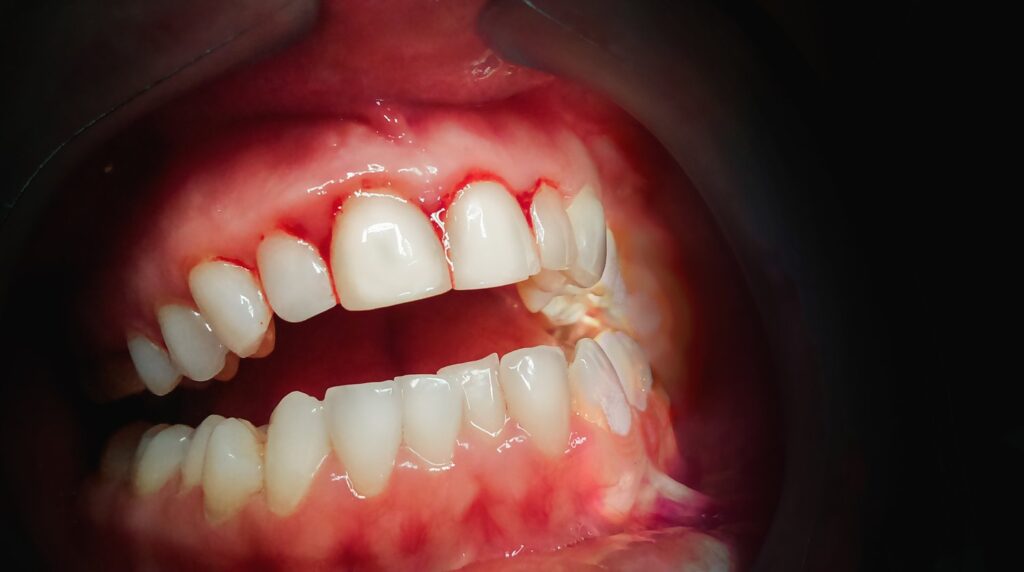Dental health is a key component of overall well-being, working to treat dental issues such as cavities and gum disease. Cavities result from the breakdown of tooth enamel due to acid-producing bacteria. Gum disease, or periodontal disease, involves inflammation and infection of the gums that can lead to tooth loss if left untreated. Here is more information on effective treatment strategies for these conditions by a dentist, emphasizing evidence-based practices to restore oral health and prevent further complications:
Treating Cavities
Cavities result from tooth decay caused by the interaction of bacteria, food particles, and acids, which erode the enamel. Early intervention by a dentist prevents the condition from worsening. The most common treatment for cavities involves removing the decayed portion of the tooth. Then, they will fill the space with restorative materials such as composite resin, amalgam, or porcelain.
Composite fillings are tooth-colored, providing a natural appearance. For larger cavities, dental onlays or crowns may be used to restore the tooth’s functionality and structure. If the tooth decay reaches the pulp, root canal therapy might be necessary to clean and seal the inner portion of the tooth.
Extensive decay sometimes renders the tooth unsalvageable, in which case extraction becomes preferable. A dental implant or bridge can replace the missing tooth to maintain proper alignment and oral function. Regular dental check-ups combined with fluoride applications and sealants help address early signs of decay. It also works to reduce the formation of new cavities.
Addressing Gum Disease
Gum or periodontal disease develops from plaque buildup along the gumline. If untreated, it can progress from gingivitis (inflammation of the gums) to periodontitis, which damages the bone and connective tissue supporting teeth. Treatment generally begins with scaling and root planing, a deep cleaning procedure that removes plaque and tartar below the gumline while smoothing root surfaces to discourage bacterial regrowth.
For more advanced gum disease, periodontal surgery might be necessary. Procedures such as flap surgery or grafting help reduce pockets around the teeth and regenerate lost gum or bone tissue. Antibiotics or antimicrobial rinses may be used alongside these treatments to control bacterial infections. Proper oral hygiene practices, such as brushing, flossing daily, and using mouthwash, greatly support healing and prevent recurrence.
Preventing Future Issues
Both cavities and gum disease have preventable causes, making lifestyle adjustments and routine care valuable components of treatment. Diet plays a significant role in dental health. Limiting sugary snacks and drinks minimizes the environment in which harmful bacteria thrive. Increasing the intake of calcium-rich and nutrient-dense foods promotes strong teeth and gums.
Regular dental visits allow professionals to monitor oral health and intervene early. Professional cleanings remove plaque and tartar that brushing and flossing often miss. Dentists may also recommend topical fluoride treatments or sealants to add an extra layer of protection. Maintaining proper hydration and avoiding smoking further enhances oral health, contributing to a healthier smile.
Find a Dentist
Cavities and gum disease are manageable with timely and appropriate care. Treatments like fillings, scaling, and surgeries address immediate issues, while consistent oral hygiene, routine dental visits, and lifestyle changes such as a balanced diet and avoiding tobacco help prevent future complications. With a combination of professional dental care and daily maintenance, including regular brushing and flossing, patients can enjoy improved oral health, a confident smile, and enhanced quality of life.

